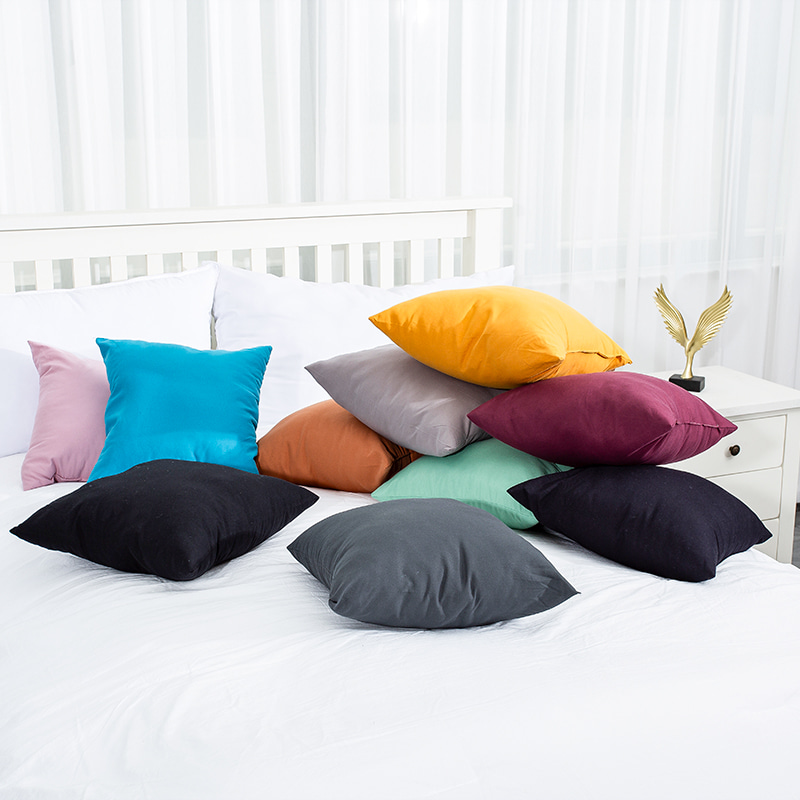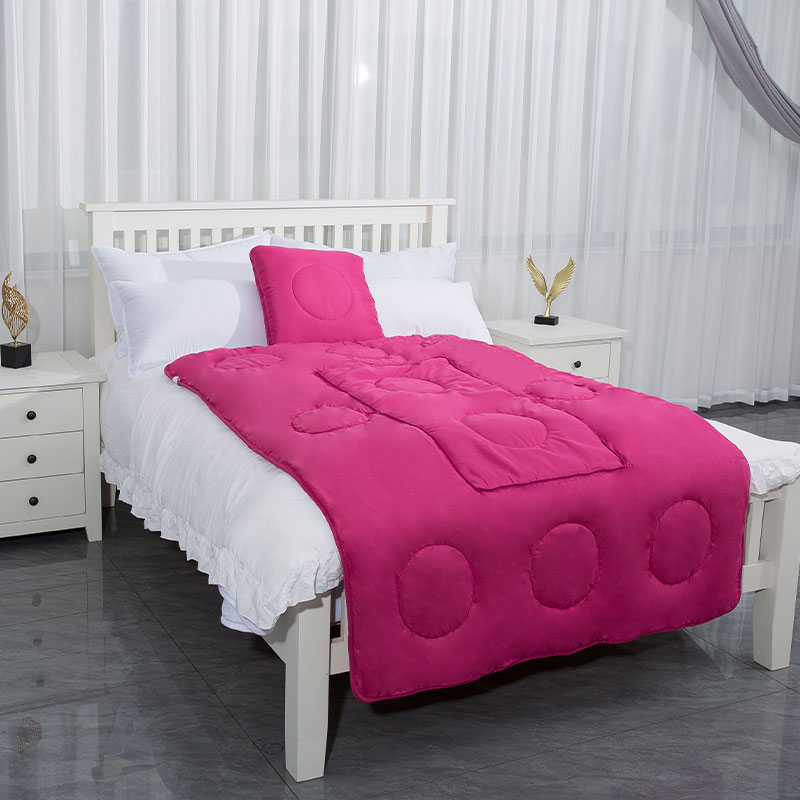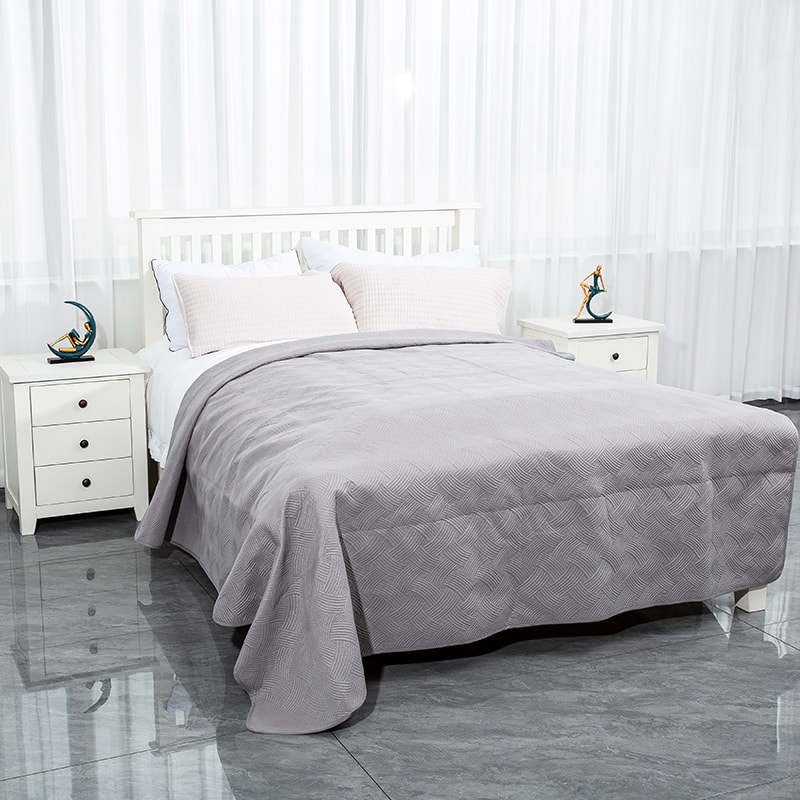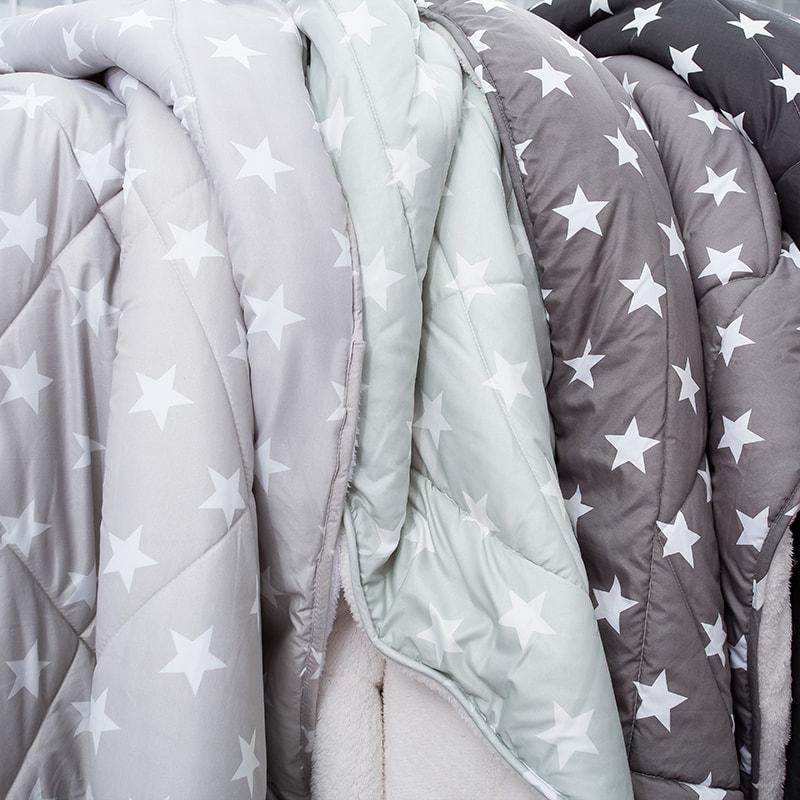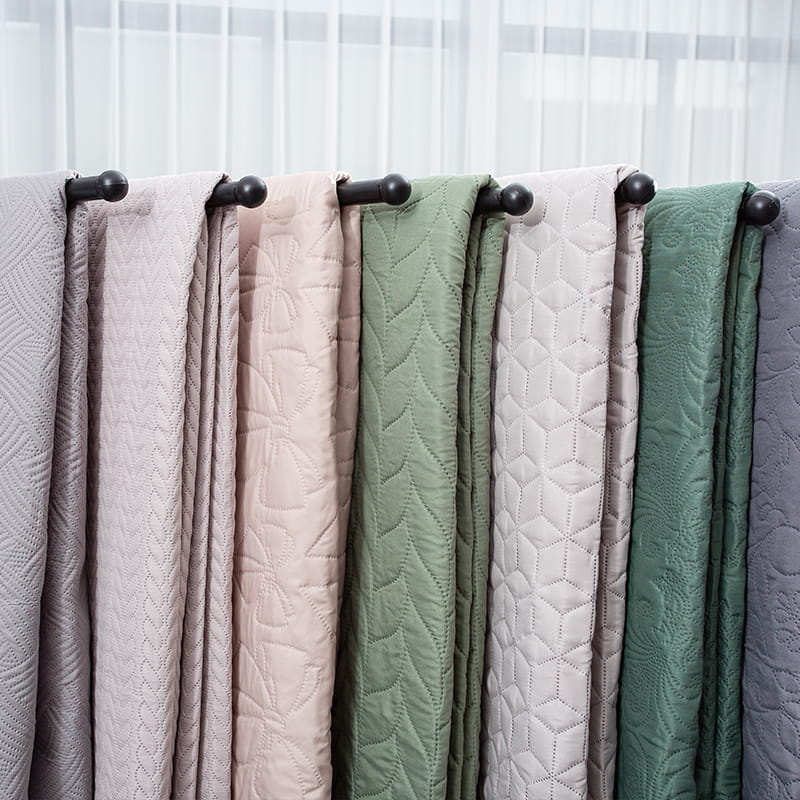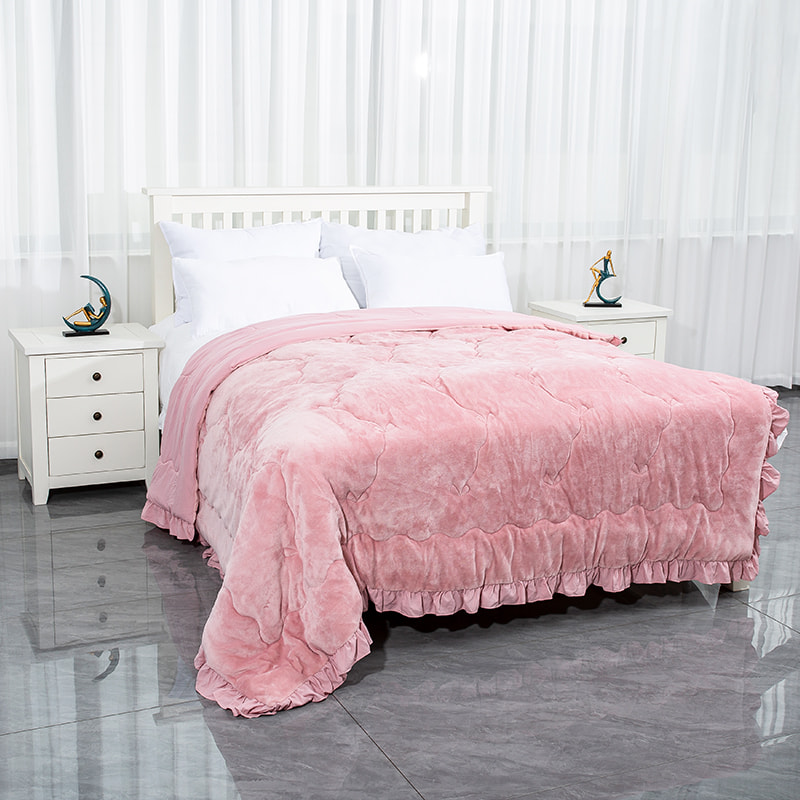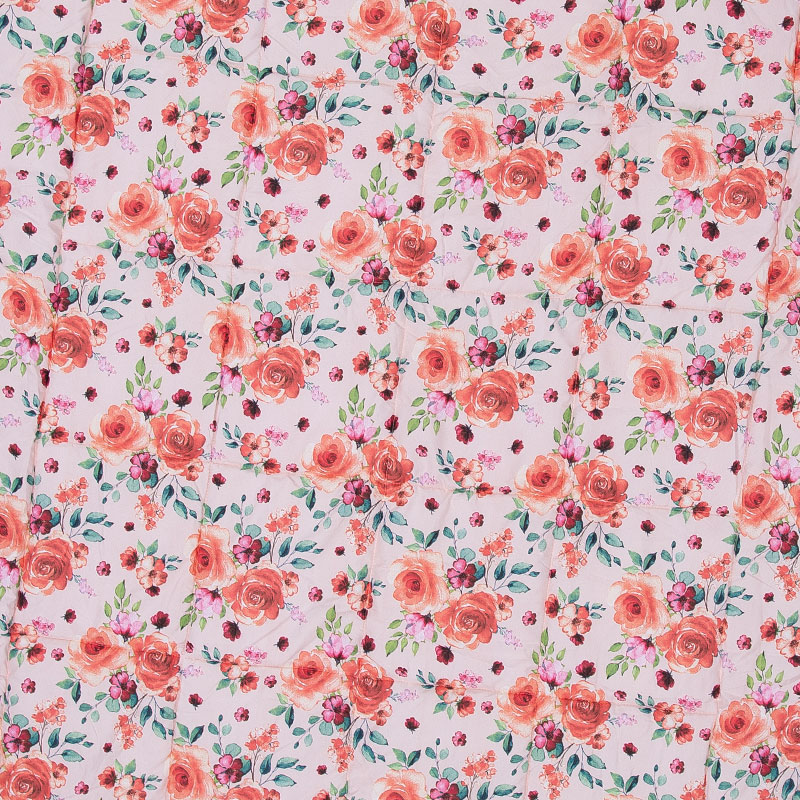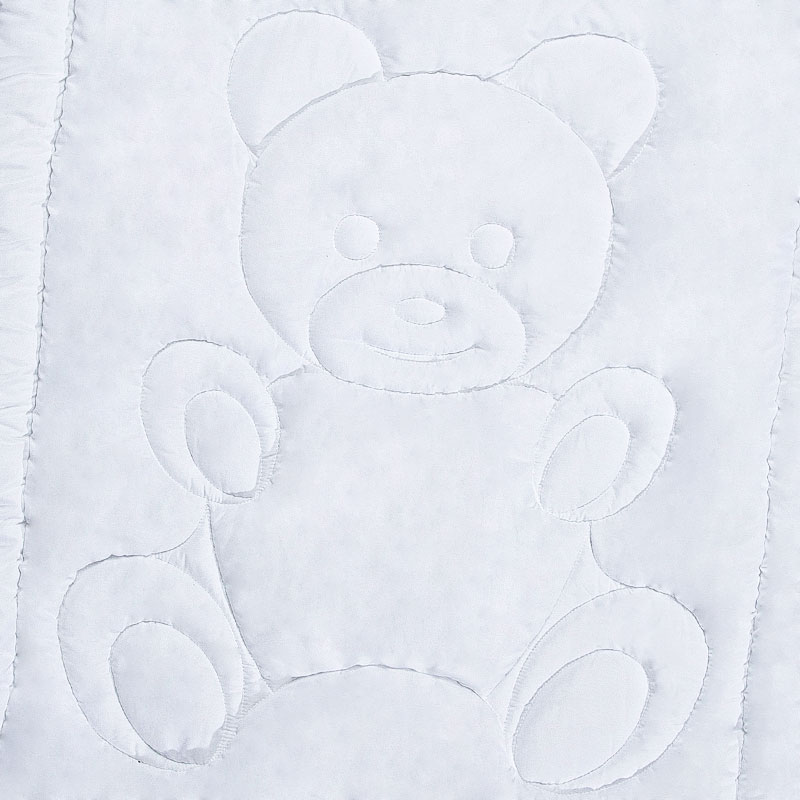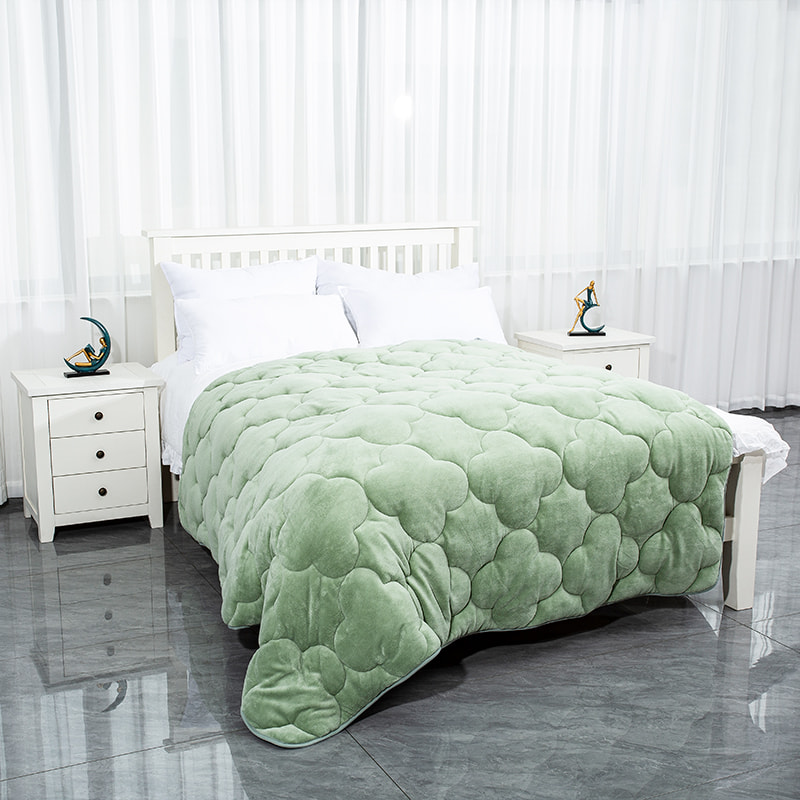Why is Quilted Comforter so durable? The dual code of material and craftsmanship
The durability of Quilted Comforter is first built on carefully selected fabrics. Natural cotton fabrics are known for their excellent breathability, which can dissipate the heat generated during sleep in time, keeping the quilt dry and comfortable. Cotton fibers are tough and resilient, with good wear resistance. They are not prone to pilling and breakage during frequent washing and daily use friction. Blended fabrics combine the advantages of natural fibers and chemical fibers, retaining the skin-friendly and breathable properties of natural fibers, and enhancing the wrinkle resistance, wear resistance, and resistance to fading of fabrics.
Filling materials are the core support for the durability of quilted comforter
The unique three-dimensional branch-like structure of high-quality down gives it excellent fluffiness. Each down is like a miniature air bag that can store a large amount of air to form an efficient thermal insulation layer, bringing excellent warmth retention. Down has good resilience. Even after long-term pressure, it can quickly recover its fluffy state and is not prone to hardening, ensuring that the quilted comforter always maintains softness, comfort and good thermal insulation performance during long-term use. Polyester fiber, as another common filling material, is favored for its high strength, low shrinkage and stable chemical properties. Quilted comforter filled with polyester fiber not only has excellent fluffiness, but also can withstand multiple washings and mechanical agitation, is not easy to deform or agglomerate. Combined with the quilting process, it further enhances the overall durability and service life of the quilted comforter, providing users with a long-lasting and stable warm experience.
Exquisite production is the process guarantee for the durability of quilted comforter
Starting from the fabric cutting link, precise measurement and cutting ensure that the size of each piece of fabric is accurate, laying the foundation for subsequent production. During the filling laying process, the uniformity of the filling material must be strictly controlled to avoid local over-thickness or over-thinness, and to ensure the consistency of the overall thermal insulation performance of the quilted comforter. As the core process step, quilting stitching has strict requirements on the density, stitch length and pattern design of the stitches. Reasonable stitch density and stitch length can effectively fix the filling material and prevent it from shifting. The exquisite quilted pattern is not only decorative, but also enhances the structural stability of the quilted comforter. Finally, in the hemming process, a firm sewing method is used to reinforce the edges of the quilted comforter to prevent the corners from being derailed and worn, thereby improving the durability of the quilted comforter in all aspects.
Synergy of materials and craftsmanship
The durability of the quilted comforter is actually a perfect interpretation of the synergy of high-quality materials and exquisite craftsmanship. The fabric resists external wear, the filling material maintains internal performance, and the manufacturing process closely combines the two to form a solid and stable whole. This trinity structure allows the quilted comforter to withstand various tests in daily use and remain in good condition after multiple washes. Whether it is daily sleep use at home or high-frequency washing and changing scenes in the workplace, the quilted comforter continues to play a reliable and durable role with its dual advantages of materials and craftsmanship, becoming an ideal choice for people who pursue high-quality sleep and long-term warm companionship.

 English
English 中文简体
中文简体 Español
Español previous post
previous post
